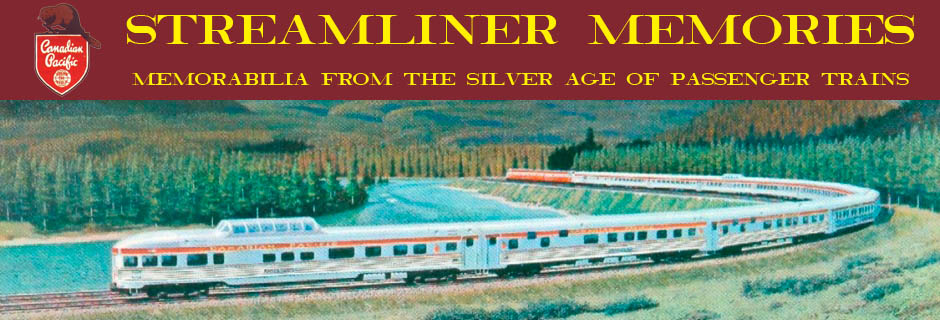While New York-Chicago was the center ring for eastern railroads, New York-Washington was an important sideshow connecting the nation’s financial center with its political center. This corridor featured an intense competition between the Pennsylvania and the Baltimore & Ohio. Click … Continue reading
Category Archives: Pennsylvania
In 1905, the Pennsylvania Railroad used 4-4-2 Atlantic-type locomotives to power the 18-hour Pennsylvania Special. With 80″ driving wheels and about 21,000 pounds of tractive effort, these locomotives weren’t as powerful as the newer 4-6-2 locomotives, but the Special didn’t … Continue reading
My recent post about all-steel passenger cars raises the question: what was the first all-steel intercity train? The first all-steel train of any kind was undoubtedly an IRT subway train. The first all-steel intercity train was also clearly a Pennsylvania … Continue reading
In 1900, every streetcar, rapid transit car, and intercity rail passenger car in America was made primarily out of wood. The wheels, trucks, and couplers were metal, of course, but the frame, body, roof, floor, and other components were wood. … Continue reading
The main railroad exhibit at the 1939 New York World’s Fair was “Railroads on Parade,” a rehash of similar shows at the 1927 Baltimore & Ohio Centennial pageant and the 1933-1934 Chicago Century of Progress exposition. As a side show, … Continue reading
Entire books have been written about Grif Teller‘s paintings for Pennsylvania Railroad calendars. Teller painted 27 of the calendars between 1928 and 1958, with Pennsylvania turning to other artists during the war years. Click image to download a 1.4-MB PDF … Continue reading
I don’t have Pennsylvania’s 1951 or 1952 annual reports, but for those who care, the 1953 report includes financial results for every year between 1949 and 1953. This report also includes a statistical supplement that was printed in a separate … Continue reading
Despite a railroad strike early in the year, Pennsylvania Railroad profits grew from $12.5 million in 1949 to $38.4 million in 1950. This was largely due to increased traffic in the second half of the year resulting from the Korean … Continue reading
Steelworkers went on strike in 1949, and PRR blamed this for the decline in net revenues from $34.4 million in 1948 to $12.5 million in 1949. The railroad reduced its passenger service by another 10 percent, but noted that increased … Continue reading
PRR earned a net income of $34.4 million in 1948, a substantial increase from 1947’s $7.3 million. However, the report still complains that regulation depressed earnings and prevented the railroad from doing needed maintenance. “If it had been permissible, under … Continue reading
